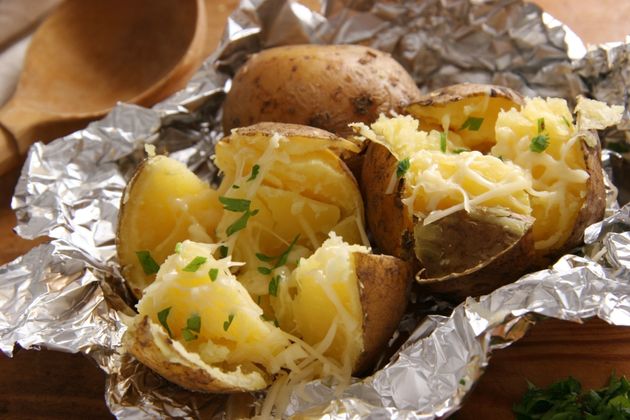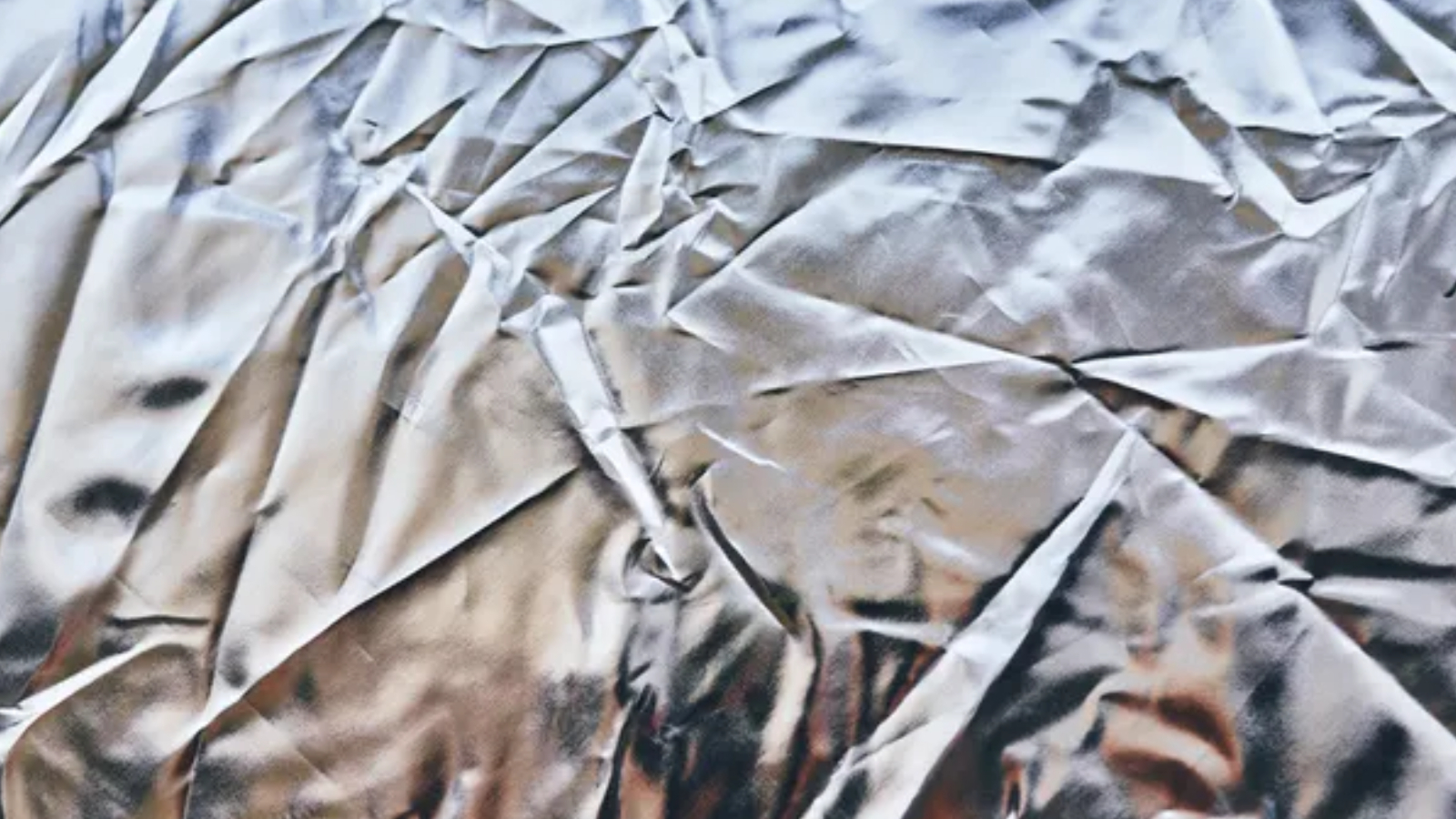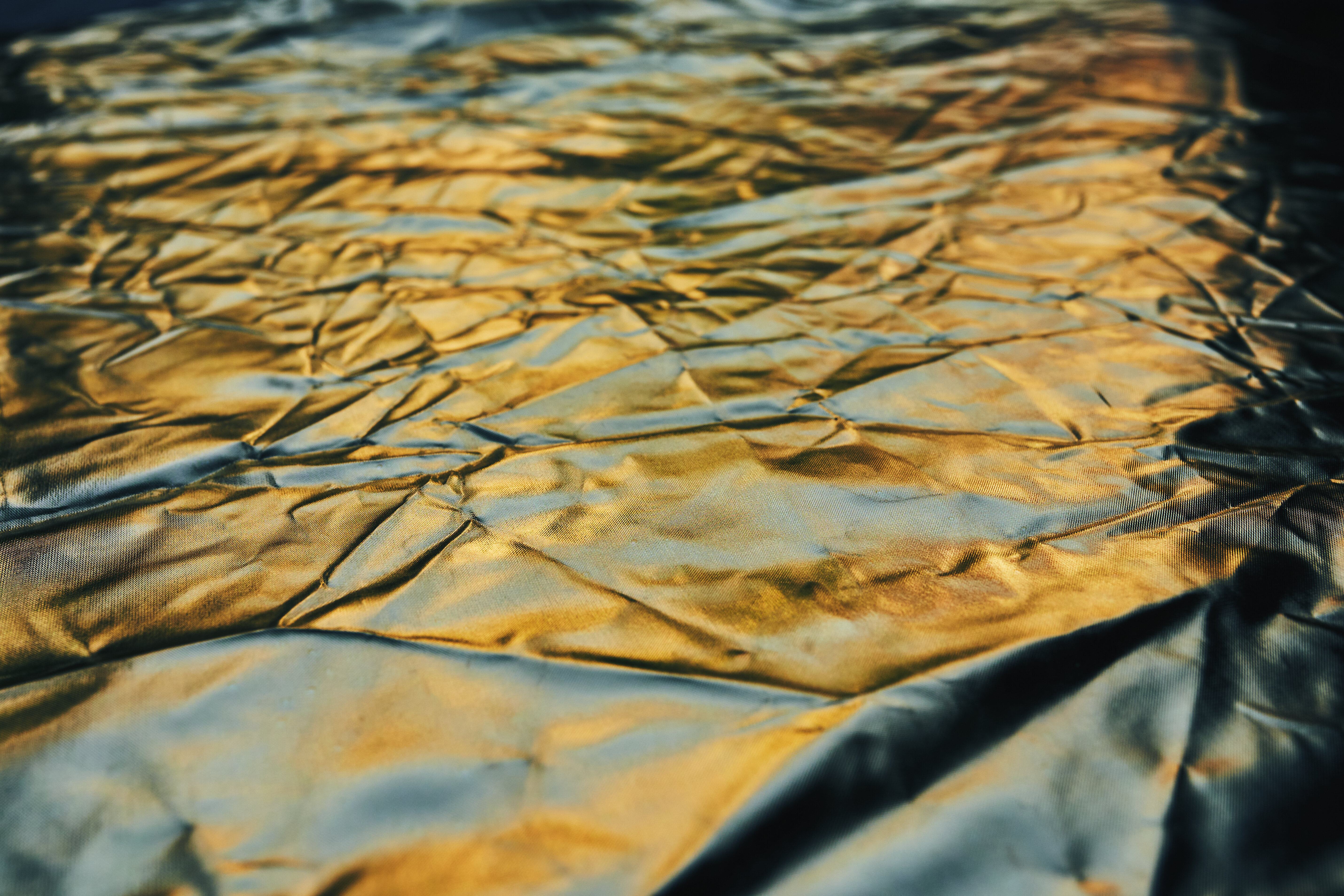Do you regularly line your baking trays with aluminium foil before making cookies or roasting veggies? This is pretty common — especially among those who are all about efficiency and love an easy cleanup.
But recently, rumours have been spreading, particularly on TikTok, saying that cooking with aluminium foil poses health risks and can lead to aluminium poisoning. But is this actually true? Is cooking with aluminium foil bad for you?
@santacruzmedicinals Aluminum foil is ehhhh not the best heres why #santacruzmedicinals#healthyrecipes#nontoxicliving#breakingnews#healthscience
♬ original sound - Santa Cruz Medicinals
Determined to get to the bottom of this, we reached out to food safety experts for their take on whether cooking with aluminium foil is risky or if this topic has been drawing unnecessary attention. Here’s what we learned.
So, is it actually unsafe to cook with aluminium foil?
For the most part, cooking with aluminium foil isn’t something you need to worry about.
“Aluminium foil is generally safe for cooking at regular oven temperatures,” said Darin Detwiler, chair of the National Environmental Health Association’s Food Safety Program, professor of food policy and corporate social responsibility at Northeastern University, and author of the book “Food Safety: Past, Present, and Predictions.”
That said, as with many aspects of nutrition, there’s a bit of nuance to consider here. For example, research shows that cooking acidic or salty foods at high temperatures could lead to more aluminium leaching into the food you’re cooking.
“High temperatures, especially with acidic foods like tomatoes, citrus or vinegar, may cause aluminium to leach into food,” Detwiler said. “Although this is typically in small amounts, excessive intake of aluminium over time has been linked to potential health concerns, including neurodegenerative diseases.”
Now, what’s the highest temperature aluminium foil can be used at while cooking?
“The U.S. Food and Drug Administration notes that aluminium foil can be safely used at temperatures up to 400 degrees Fahrenheit,” (200 degrees Celsius) said Tamika Sims, the senior director of food technology communications at the International Food Information Council. She also noted that the FDA regulates all sorts of food packaging materials for safety, including aluminium, glass and paper.
Jessica Gavin, a certified food scientist and culinary scientist, explained that while there is an increased risk of leaching aluminium when cooking acidic foods at high heat, the risk is still low in most situations.
“To minimise any transfer, avoid cooking or storing acidic or salty foods in foil for long periods, as this can cause a metallic taste and pitting on the foil,” Gavin said.
 “Aluminium foil is generally safe for cooking at regular oven temperatures,” said Darin Detwiler, chair of the National Environmental Health Association’s Food Safety Program.
“Aluminium foil is generally safe for cooking at regular oven temperatures,” said Darin Detwiler, chair of the National Environmental Health Association’s Food Safety Program.Most of us eat a little aluminium every day.
When considering whether it’s risky to cook with aluminium foil, it’s important to understand that we all consume a bit of aluminium every day. According to the Centers for Disease Control and Prevention, the average person in the United States ingests between 7 and 9 milligrams of aluminium each day through their food. That said, most of this aluminium leaves your body quickly through faeces and urine.
“The risk from cooking with aluminium foil is low, with only about 4% of our aluminium intake coming from items like utensils, grilling trays or foil,” Gavin said. The other aluminium you ingest can come from food, products like cosmetics, medications and antiperspirants, breathing in suspended particles in the air, or from drinking water.
Healthy individuals can easily expel small amounts of aluminum, but people with kidney disease may store more, which could lead to health issues.
Given that aluminum is a metal, concerns about aluminum foil leaching into food are valid under certain conditions.
“While occasional use poses minimal risk, regular ingestion of higher amounts may be linked to health concerns, particularly for individuals with kidney issues who may have trouble excreting excess aluminium,” Detwiler said.
Sims said that aluminium foil is generally safe to use in most ovens, where most foods cook below 230 degrees Celsius, which is below aluminium’s melting point.
“However, when cooking for an extended amount of time over very high temperatures above [200 degrees Celsius], migration [of aluminium into food] can potentially increase, and this is not advised by FDA or foil manufacturers,” she added.
Are there safer alternatives to aluminium foil?
If you’re concerned about aluminium leaching into your food when cooking with aluminium foil, you can reduce exposure by not using it when cooking acidic or salty foods. Some other simple swaps can also be helpful.
“If you need to bake over a temperature of 200 degrees Celsius, skip the foil and use a baking pan or tray that is labeled as capable of being exposed to this heat and for an extended period,” Sims said.
Glass baking dishes are another option, since glass is generally nonreactive and won’t leak chemicals or other substances into the food you’re cooking
But keep in mind that as long as you’re not cooking salty or acidic foods at extremely high temperatures, cooking with aluminium foil isn’t all that risky.
“Aluminium foil is safe for most everyday cooking,” Gavin said. “When baking cookies on a foil-lined tray, very little aluminium transfers because the food is dry and doesn’t stay in contact with the foil for long. It’s also ideal for high-heat tasks like roasting vegetables and meats or baking bacon.”


